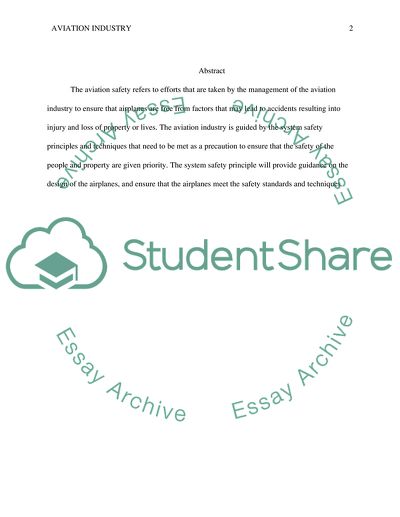Cite this document
(System Safety Principles and Techniques in The Aviation Industry Research Paper, n.d.)
System Safety Principles and Techniques in The Aviation Industry Research Paper. Retrieved from https://studentshare.org/technology/1765408-system-safety-principles-and-techniques-in-the-aviation-industry
System Safety Principles and Techniques in The Aviation Industry Research Paper. Retrieved from https://studentshare.org/technology/1765408-system-safety-principles-and-techniques-in-the-aviation-industry
(System Safety Principles and Techniques in The Aviation Industry Research Paper)
System Safety Principles and Techniques in The Aviation Industry Research Paper. https://studentshare.org/technology/1765408-system-safety-principles-and-techniques-in-the-aviation-industry.
System Safety Principles and Techniques in The Aviation Industry Research Paper. https://studentshare.org/technology/1765408-system-safety-principles-and-techniques-in-the-aviation-industry.
“System Safety Principles and Techniques in The Aviation Industry Research Paper”, n.d. https://studentshare.org/technology/1765408-system-safety-principles-and-techniques-in-the-aviation-industry.


